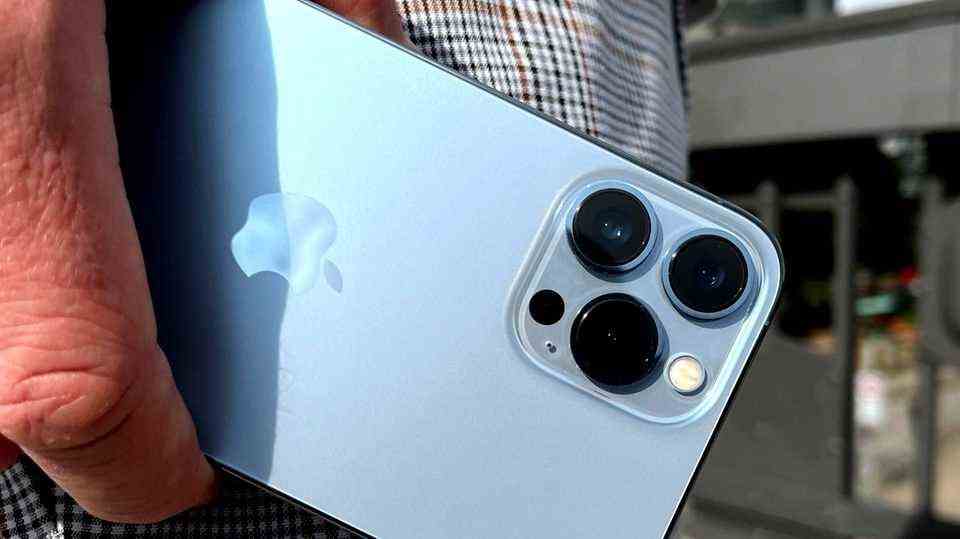Metasurface technology
Scientists develop cameras the size of a grain of salt – and praise the quality of the images
The newly developed camera (left) should deliver better images than 500,000 times larger copies
© Princeton University
A camera lens that is only the size of a grain of salt? Scientists from the USA have developed such a device – and rave about the quality of the images.
If you look at the history of modern technology, two developments become clear very quickly: The devices – be it computers, cell phones or cameras – are on the one hand becoming smaller and handier, but on the other hand are also becoming ever more powerful. Perhaps the next step is now in the evolution of cameras: Researchers at the universities in Princeton and Washington have, according to their own account, built a camera that is supposed to be as big – or better said: as small – as a grain of sand.
The scientists assure us that there should not be any loss of quality. On the contrary: The photos are of higher quality than camera lenses, which are 500,000 times larger and are used in conventional system cameras, according to a statement from Princeton University. The team published the results of its research in the journal “Nature” at the end of November. According to this, the micro-camera should also be usable under normal lighting conditions and not, as before, only under laboratory conditions.
Camera should be used in medicine
The new camera is based on a so-called metasurface. On this half a millimeter surface there are 1.6 million pins that function like an “optical antenna”. According to the researchers, the Metasurface technology should be as easy to manufacture as a computer chip and therefore suitable for the masses.

For the time being, the camera is likely to be used primarily in industry, science and medicine. For example, it could make it much easier to take high-resolution images inside the human body. So far, a technology has been used there that only delivers recordings of inferior quality. The research team is continuing to work on increasing the quality of the photos: the edges of the photos are still blurred.
What does this mean for smartphones?
The microlens could also represent a revolution for end users, says the scientist Felix Heide from Princeton University: “We could transform individual surfaces into cameras with ultra-high resolution, so that you no longer need three cameras on the back of the smartphone, but the entire back of the phone would become a giant camera. We can think of new ways to build devices in the future. ” It is not for nothing that the research project was co-financed by the tech giants Facebook, Amazon and Google in addition to the US Department of Defense.
Sources: Princeton University / “Nature”


